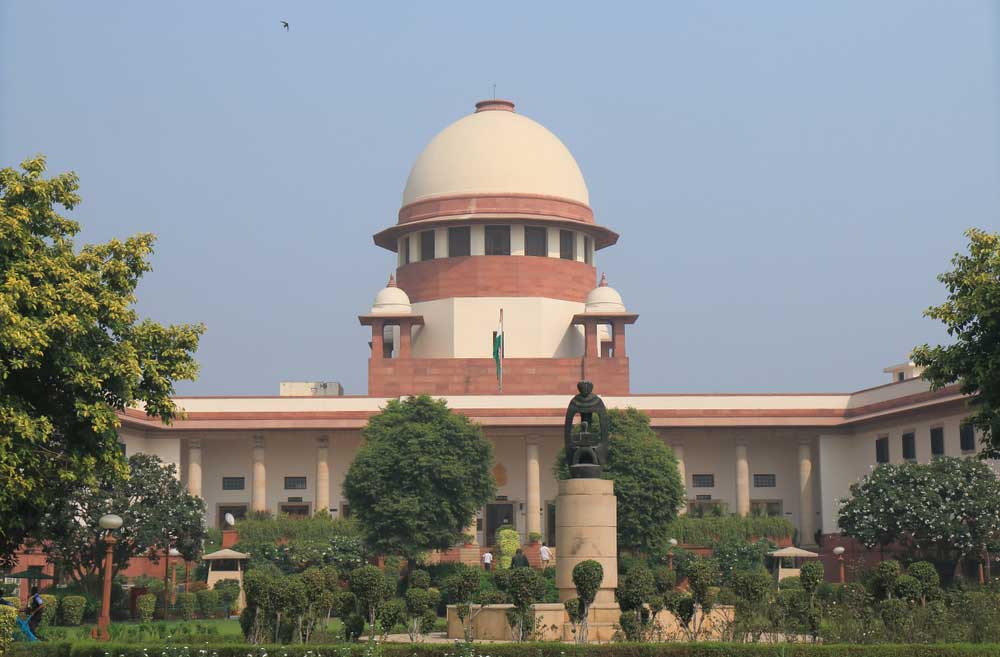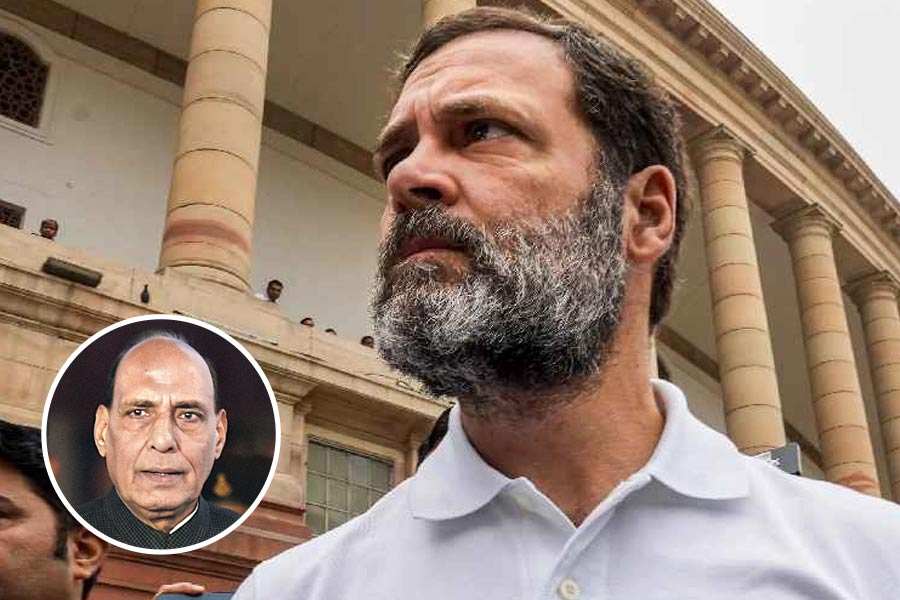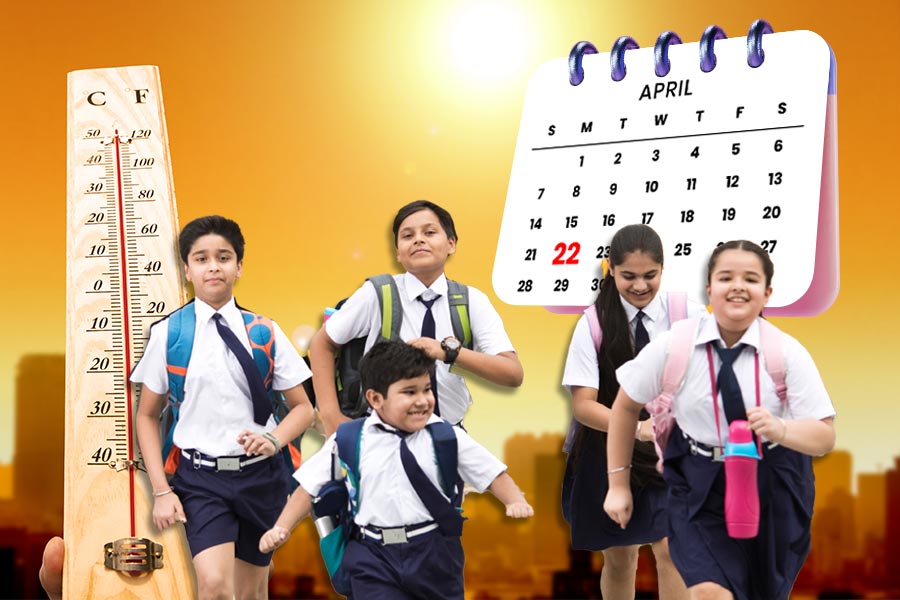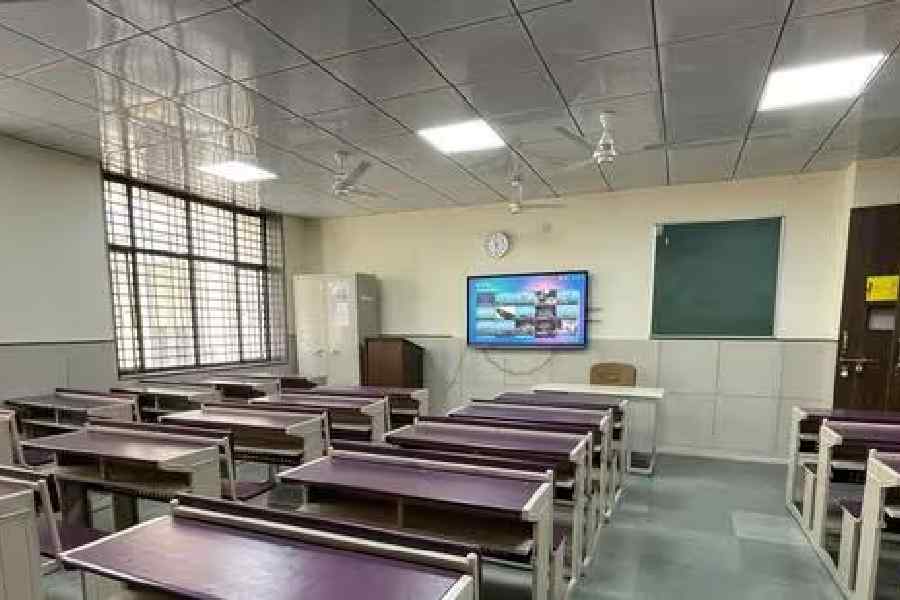The Supreme Court will end its day-to-day hearings in the Ayodhya land dispute case by 5 pm today. Who are the parties involved and how.
The root of the case being fought now can be traced back to seven decades. In this time, some of the petitioners have moved a generation.
On the night of December 22, 1949, an idol of Ram was either placed or appeared inside the Babri Masjid.
By the end of 1950, two suits were filed in a Faizabad court seeking Hindus' right to worship at the site of the Babri Masjid. Nirmohi Akhara was the first petitioner to file for ownership of the Babri Masjid site. Several petitioners have since been added and the case moved to Allahabad High Court in 1989. It is now before the Supreme Court.
An Allahabad High Court judgment, delivered on September 30, 2010, divided the plot where once the Babri Masjid stood into three parts - one part was given to Muslims who were represented by the Sunni Central Waqf Board and few local Muslims of Ayodhya, and two parts to Hindu sides which were Nirmohi Akhara and the next friend of Lord Ram, Triloki Nath Pandey. In this case, Ram Lalla Virajman, or the baby Lord Ram, is a petitioner.
On its website, the Supreme Court mentions 17 matters tagged to the title suit of “M. Siddiq (D) Thr. Lrs. Vs. Mahant Suresh Das”.
The following are the prominent litigants in this politically sensitive case in the Supreme Court.
The Hindu side
Gopal Singh Visharad
A resident of Ayodhya, Visharad was the original plaintiff in the Ayodhya-Babri Masjid title suit. He claimed that on January 16, 1950, he had sought permission to worship at the disputed site. After Visharad’s death, his son, Rajendra Singh, is the petitioner in the Supreme Court.
Mahant Suresh Das
Mahant Das represents the Ayodhya-based Digambar Akhara. It seeks the same permission as Virashad, to worship at the disputed site. In December 1950, the then mahant of the Akhara, Paramhans Ram Chandra Das, had filed a petition in the Faizabad court.
Nirmohi Akhara
In its 2010 judgment on the land dispute, Allahabad High Court gave Nirmohi Akhara a third of the disputed site. This akhara is religious denomination of sadhus belonging to the Ramanandi Bairagi sect. It is also one of 14 akharas recognised by the Akhil Bharatiya Akhara Parishad. The Nirmohi Akhara had moved the Faizabad civil court in December 1959 claiming ownership of the Babri Masjid structure. The akhara said it won't contest the Lord's plea if his lawyers don't dispute their shebait (maintenance and management) rights.
Shri Ram Janam Bhumi Ayodhya, represented by next friend Devaki Nandan Agarwal
In 1989, Devaki Nandan Agarwal, a retired judge of Allahabad High Court, filed Suit No. 5, claiming to represent the deity Shri Ram Lalla Virajman and the Shri Ram Janmabhoomi. Ram Lalla and Shri Ram Janmabhumi were impleaded as the first and second plaintiffs respectively, with Agarwal being the third plaintiff in the suit filed in 1989. Tirloki Nath Pandey, a senior Vishwa Hindu Parishad leader, became the next friend after Agarwal's death in 2002. With Suit No. 5, Lord Ram and the Janmabhoomi also became parties represented by a human friend.
Akhil Bharatiya Hindu Mahasabha
In December 2010, the Hindu Mahasabha moved the Supreme Court to challenge the 2010 Allahabad High Court order. The Mahasabha sought partial annulment of the verdict and endorsement of the minority judgment that ruled in favour of handing over the entire land to Hindu parties.
Convener Of Akhil Bharatiya Sri Ramjanam Bhoomi Punarudhar Samiti
The Samiti filed a petition challenging the 2010 high court verdict and it was admitted in the Supreme Court in August 2011. A bench of Justices Aftab Alam and R.M. Lodha tagged it with the main case.
The Muslim side
M. Siddiq
Siddiq was the general secretary of the Jamiat-ul Ulema-i Hind, Uttar Pradesh. The petition filed by him on behalf of the Jamiat became the title suit in the Ayodhya case. After Siddiq’s death, the Jamiat’s maulana Ashhad Rashidi became the petitioner.
Uttar Pradesh Sunni Central Waqf Board
The waqf board is leading the Muslim side in the apex court. The board filed a suit in the Faizabad civil court on February 1, 1961, against three pending Hindu cases. The board claims possession of the mosque.
Mohammad Hashim
One of the oldest litigants in the case Mohammad Hashim Ansari, a local tailor who lived a few metres from the Babri Masjid in Ayodhya, was one of the first complainants in the case. After Hashim’s death in 2016, his son Iqbal Ansari has taken over as petitioner in the Supreme Court.
Haji Misbahuddeen
Initially in the suits filed by the Hindu parties, apart from the city, district and state administration, some prominent Muslim local people of Ayodhya were impleaded as defendants. One of them was Haji Misbahuddeen. His association with Babri Masjid is of three-generations as his grandfather Shahabuddin and later his father Ziauddin had earlier contested the case. Misbahuddin is a resident of Faizabad.
Haji Phenku
Haji Phenku was the muezzin of the Babri mosque. The suits filed by certain Hindus in Ayodhya had named five Muslim defendants. The most prominent among them was Haji Phenku, one of Ayodhya's biggest property owners at the time. After his death, Haji Phenku is represented by his son Haji Mehboob.
Farooq Ahmad
Mohammad Zahur was one of the original complainants regarding the appearance of the idol in the Babri Masjid in 1949. His son Farooq Ahmad represented him till he died in 2014. Farooq's son Mohammad Umar now represents the case in the Supreme Court.
Maulana Mahfoozurahman
Khaliq Ahmad Khan, a resident of Faizabad, is the nominee of Mahfoozurahman who was also a petitioner in the case. Khan is associated with the Babri Masjid Action Committee and a member of the All India Milli Council.
Shia Central Board of Waqf
In 1946, a trial court had ruled the Babri Masjid to be a Sunni property. The Shia Waqf Board claimed that it wasn’t Mughal emperor Babar, a Sunni, who had constructed the mosque, but Babur’s commander Mir Baqi, a Shia, who built the mosque. In 2017, the Shia waqf board (which was also a party in the Allahabad High Court) moved the apex court for ownership challenging the 1946 decree in a Special Leave Petition.










